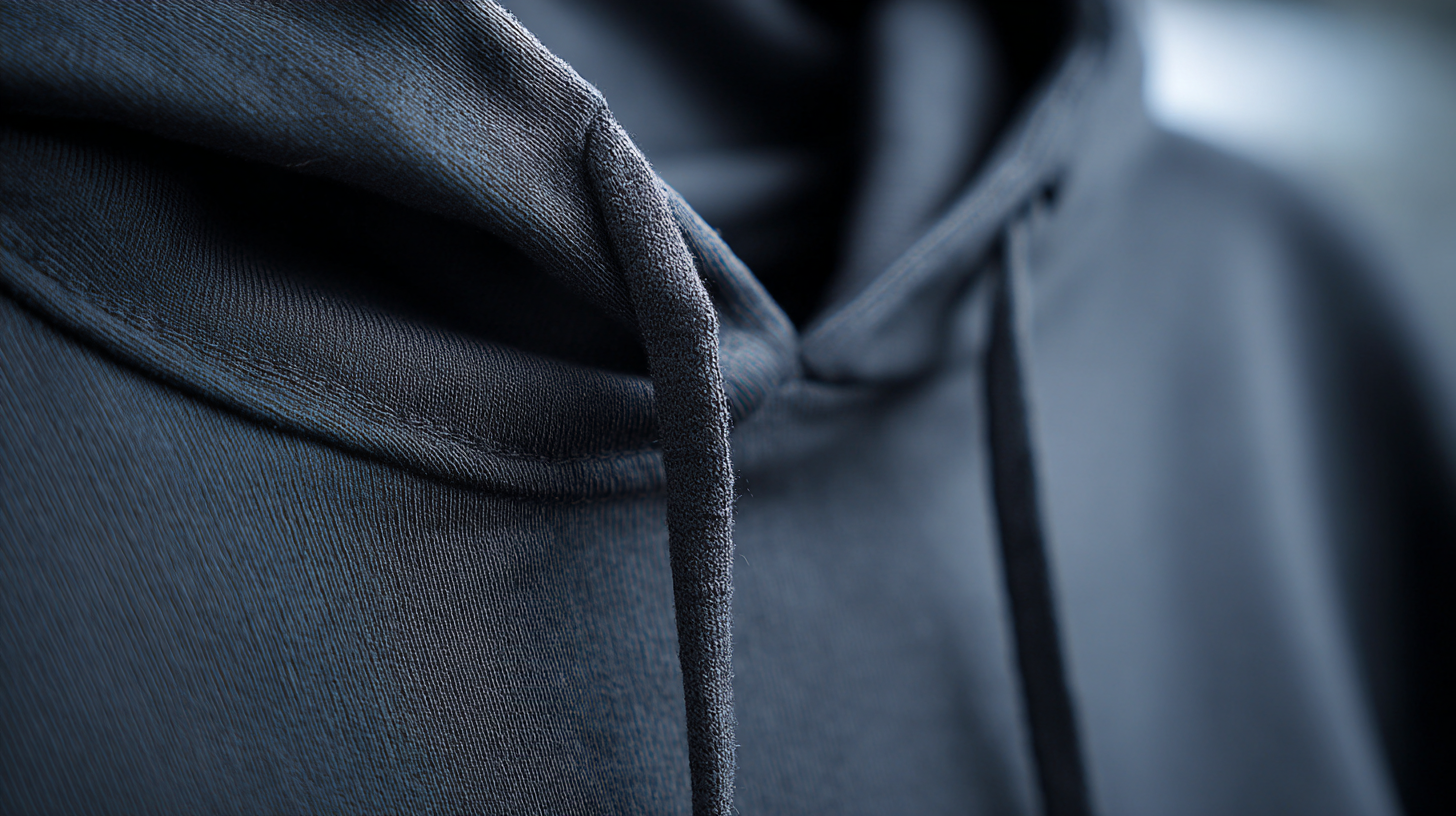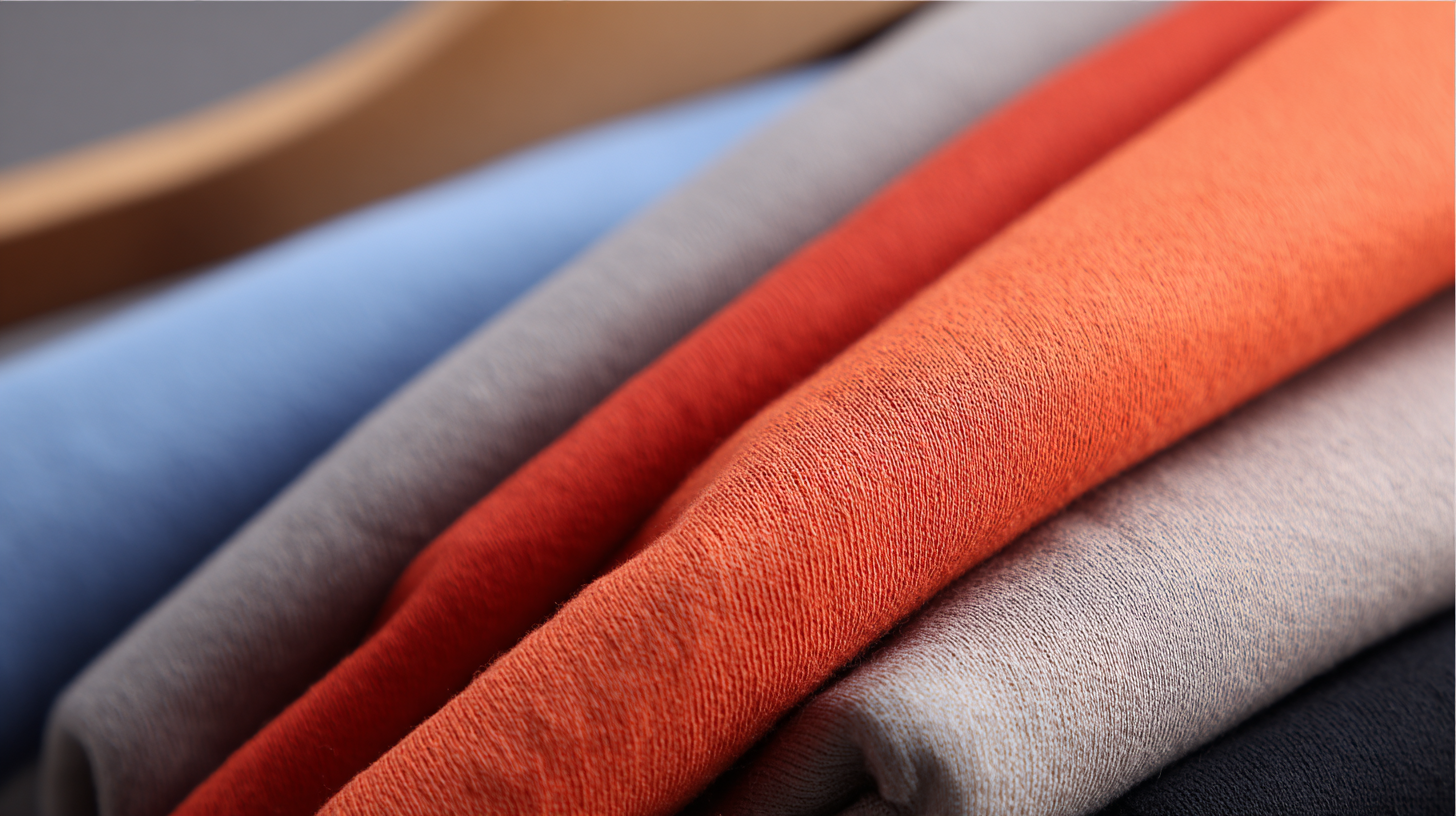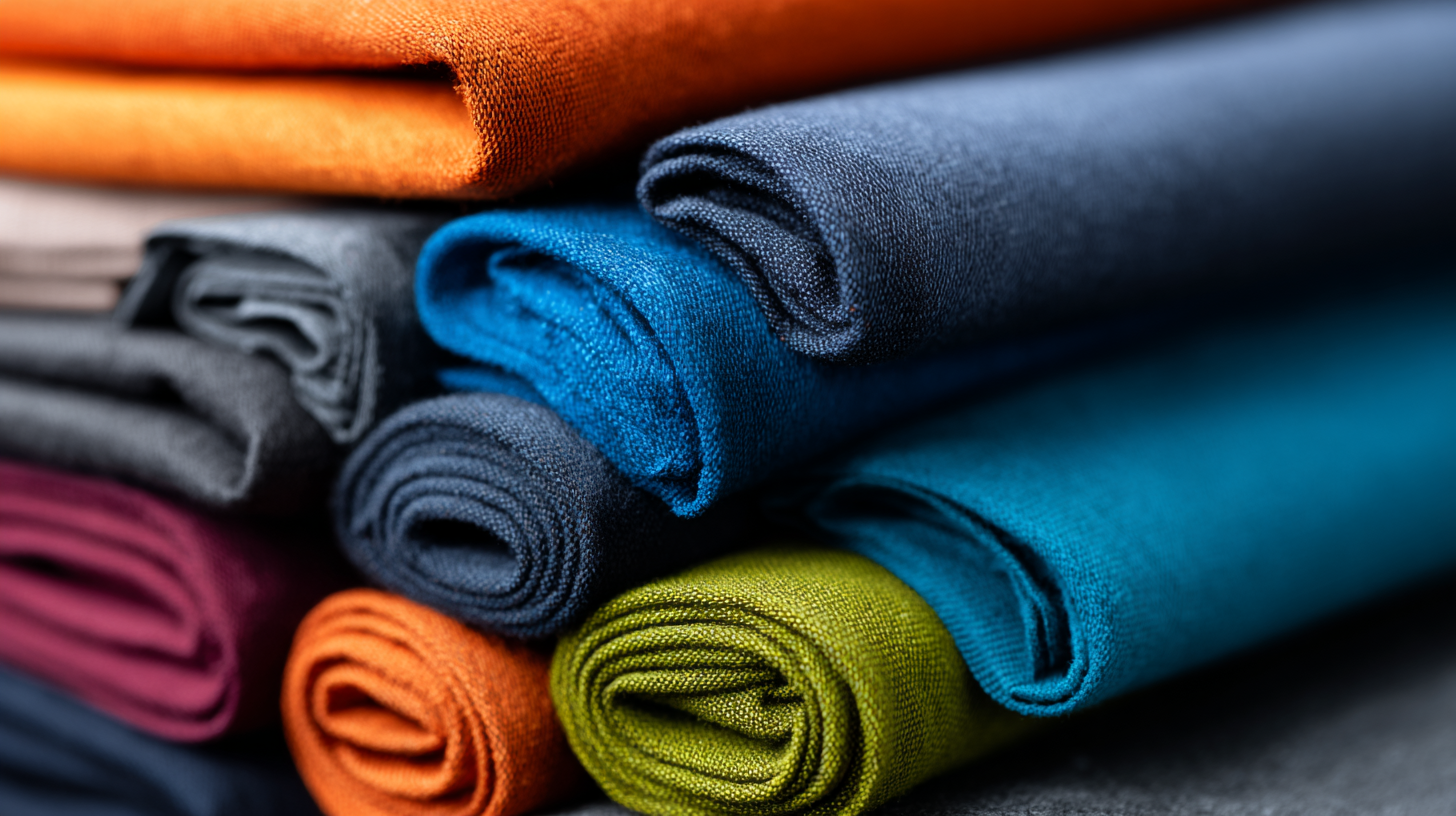In today's fashion-driven market, the importance of selecting the right materials for apparel cannot be overstated, particularly when it comes to thin hoodie fabric. According to the Global Textile Industry Report 2022, the demand for lightweight and breathable fabrics is on the rise, with an estimated annual growth rate of 5.9% through 2027. Consumers are increasingly seeking comfort without compromising on style, making it essential for brands to understand the varying qualities of thin hoodie fabric.

Choosing the right fabric not only enhances wearer comfort but also contributes to sustainable practices within the industry. By examining key properties like moisture management, durability, and breathability, brands can make informed decisions that cater to consumer preferences while aligning with industry standards.
When selecting the ideal fabric for a thin hoodie, comfort is paramount, and various factors play a crucial role in determining this comfort level. First and foremost, the fabric's breathability is essential. Materials that allow for adequate air circulation prevent overheating and promote a sense of ease, especially in diverse environments. For instance, in natural settings or urban spaces where temperatures can fluctuate, a breathable fabric can help maintain body temperature and enhance overall well-being.
Another important aspect is the texture of the fabric. A soft feel against the skin can significantly affect how comfortable a thin hoodie is to wear throughout the day. Fabrics that are smooth and gentle reduce the likelihood of irritation, allowing wearers to focus on their daily activities without distractions. Additionally, the fabric's moisture-wicking properties can further elevate comfort levels, especially in environments that may induce perspiration. By carefully considering these factors—breathability, texture, and moisture management—individuals can choose the best thin hoodie fabric that not only feels good but also positively impacts their overall mental well-being in various environments.
When selecting the best fabric for thin hoodies, understanding fabric composition is essential for achieving maximum breathability. Fabrics like cotton, polyester, and blends play significant roles in the comfort and functionality of these garments. According to a report by the Fabric Industry Association, lightweight cotton is favored for its natural breathability, allowing air to circulate while also absorbing moisture effectively. With around 90% breathability compared to synthetic options, cotton remains a staple for wearers seeking comfort in warmer conditions.
On the other hand, polyester has risen in popularity due to its moisture-wicking capabilities. Studies indicate that polyester fabrics can evaporate sweat nearly 25% faster than traditional cotton fabrics, making them ideal for active lifestyles. Moreover, blends that combine cotton and polyester allow designers to harness the best of both worlds: the comfort of cotton and the performance qualities of polyester. The combination results in a soft, breathable fabric that maintains the breathability crucial for wearers during energetic activities or warmer climes. By considering these key materials, one can confidently choose a thin hoodie that maximizes comfort without sacrificing style.

When selecting a fabric for your performance hoodie, moisture-wicking technology plays a crucial role in enhancing comfort. This technology is designed to draw sweat away from your body, allowing it to evaporate quickly, which keeps you dry and comfortable during workouts or outdoor activities. Fabrics such as polyester, nylon, and blends that incorporate these technologies can significantly improve your experience, particularly in high-intensity situations.

Tips for Choosing Moisture-Wicking Fabrics:
1. Look for verified moisture-wicking labels or descriptions when shopping; they indicate that the fabric has been tested for its sweat management capabilities.
2. Consider the weight of the fabric; lighter fabrics typically offer better moisture-wicking properties while providing a comfortable fit.
3. Pay attention to the fabric's breathability; materials with good ventilation allow for better airflow, helping to regulate your body temperature during workouts.
In summary, investing in a hoodie made from advanced moisture-wicking materials can notably elevate comfort, particularly when engaging in vigorous activities. It's important to find the right balance between performance and comfort to ensure that you stay at the top of your game.
When selecting the perfect fabric for thin hoodies, evaluating fabric weight is crucial in achieving optimal comfort. The weight of the fabric significantly influences how it feels against the skin, its warmth, and its breathability. Generally, lighter fabrics provide a more relaxed and breezy experience, which is ideal for layering in transitional weather. Fabrics like lightweight cotton and modal offer breathability while maintaining a soft touch, making them perfect choices for a thin hoodie that you can wear all day.
However, finding the "sweet spot" in fabric weight often comes down to personal preference and intended use. For people who prioritize durability without sacrificing comfort, a mid-weight option made of blended materials may offer the best balance. On the other hand, enthusiasts of athleisure might lean towards moisture-wicking fabrics that are slightly heavier but excel in terms of performance during workouts. Ultimately, understanding the specific qualities of different fabric weights will help in making an informed decision, ensuring your thin hoodie not only looks great but also feels comfortable in any situation.
When selecting the best fabric for a thin hoodie, understanding the role of colors and dyes is crucial. The dyeing process can significantly influence not only the visual appeal of the fabric but also its overall feel and comfort. For instance, natural dyes tend to create a soft and breathable quality, maintaining the fabric’s inherent properties, while synthetic dyes can sometimes contribute to a stiffer texture. Therefore, opting for fabrics dyed with environmentally friendly, low-impact dyes may enhance the wearing experience, creating a cozy and stylish piece that feels good against the skin.
Moreover, colors can also affect how the fabric interacts with various conditions. Lighter shades are often associated with breathability and a relaxed feel, making them perfect for warm weather wear. In contrast, darker hues can absorb heat, affecting breathability but providing a snugger, warmer option for cooler climates. Understanding these subtleties allows consumers to choose a hoodie that is not only aesthetically pleasing but also comfortable and appropriate for the intended environment. By paying attention to dyes and colors, one can ensure the selected fabric offers both optimal comfort and style.
| Fabric Type | Material Composition | Comfort Level | Durability (1-10) | Impact of Colors | Dye Fastness |
|---|---|---|---|---|---|
| French Terry | Cotton/Polyester Blend | High | 8 | Soft pastels can enhance comfort | Good |
| Fleece | 100% Polyester | Very High | 9 | Bright colors improve warmth perception | Excellent |
| Cotton Jersey | 100% Cotton | Moderate | 7 | Muted colors add to breathability | Fair |
| Spandex Blend | Cotton/Spandex | High | 8 | Vibrant colors emphasize fit | Good |
| Bamboo Blend | Bamboo/Cotton | High | 8 | Natural colors are soothing | Very Good |